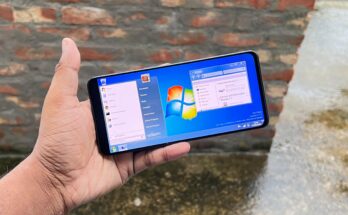The DNA Launcher represents a cutting-edge advancement in genetic engineering, biotechnology, and medical research. This innovative technology enables precise and efficient delivery of genetic material into cells, opening new possibilities for gene therapy, vaccine development, and personalized medicine. By leveraging the power of DNA-based delivery systems, scientists can target specific cells with unprecedented accuracy, reducing side effects and improving treatment outcomes.
How the DNA Launcher Works
The DNA Launcher functions as a molecular delivery system, transporting genetic sequences (such as genes, CRISPR-Cas9 components, or RNA) into target cells. Unlike traditional methods like viral vectors or electroporation, the DNA Launcher offers several advantages:
- Precision Targeting – The system can be programmed to recognize and bind to specific cell types, minimizing off-target effects.
- Non-Viral Delivery – Unlike viral vectors, which can trigger immune responses, the DNA Launcher uses synthetic or bioengineered carriers, reducing risks.
- Customizable Payloads – Researchers can load different genetic instructions, making it adaptable for various applications, from curing genetic disorders to developing cancer therapies.
Applications of the DNA Launcher
1. Gene Therapy
One of the most promising uses of the DNA Launcher is in gene therapy, where defective genes are replaced or repaired. Diseases like cystic fibrosis, sickle cell anemia, and muscular dystrophy could be treated by delivering corrected DNA sequences directly into affected cells.
2. Vaccine Development
The DNA Launcher can rapidly deliver genetic vaccines, instructing cells to produce antigens that trigger immune responses. This approach was pivotal in developing mRNA COVID-19 vaccines, and future iterations could combat diseases like HIV, malaria, and influenza more effectively.
3. Cancer Treatment
By programming the DNA Launcher to target cancer cells, scientists can deliver genes that induce apoptosis (cell death) or enhance immune responses against tumors. This could lead to more effective and less toxic immunotherapies.
4. Agricultural Biotechnology
Beyond medicine, the DNA Launcher can improve crop resilience by introducing drought-resistant or pest-resistant genes into plants, supporting sustainable agriculture.
Challenges and Future Prospects
While the DNA Launcher holds immense potential, challenges remain:
- Delivery Efficiency – Ensuring genetic material reaches enough target cells for therapeutic effects.
- Safety Concerns – Avoiding unintended genetic modifications or immune reactions.
- Regulatory Hurdles – Meeting strict guidelines for clinical use.
However, advancements in nanotechnology, AI-driven design, and CRISPR technology are accelerating progress. In the near future, DNA Launchers could become a standard tool in precision medicine, offering customized treatments tailored to an individual’s genetic makeup.
Conclusion
The DNA Launcher is a groundbreaking innovation with the power to transform medicine, biotechnology, and agriculture. By enabling precise, efficient, and safe genetic modifications, it paves the way for curing previously untreatable diseases, developing next-generation vaccines, and enhancing food security. As research continues, this technology may soon become a cornerstone of modern science, ushering in a new era of genetic engineering.




